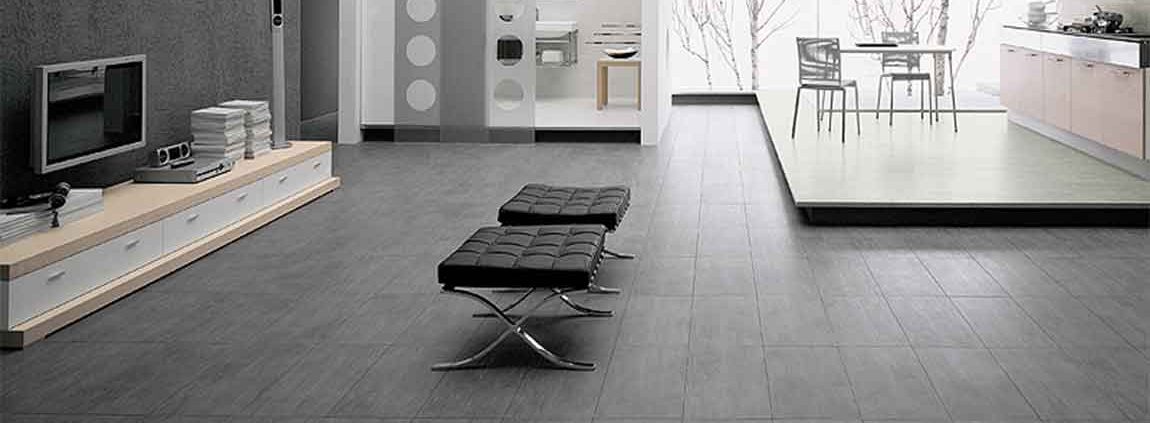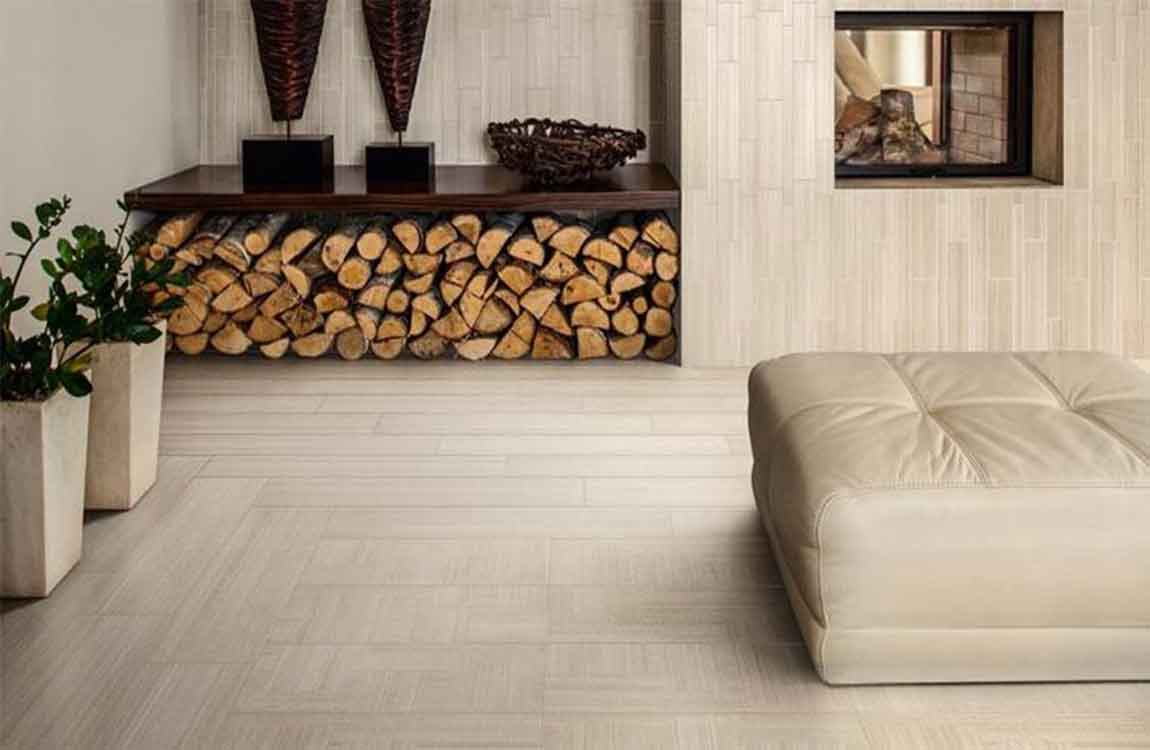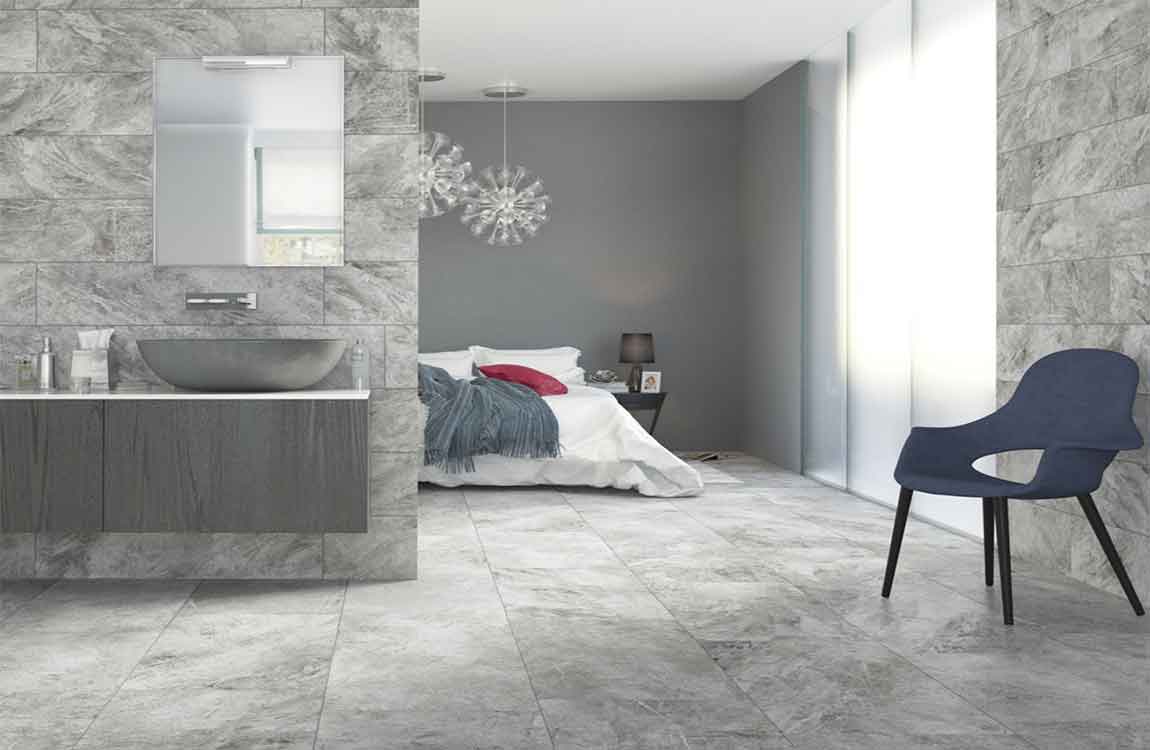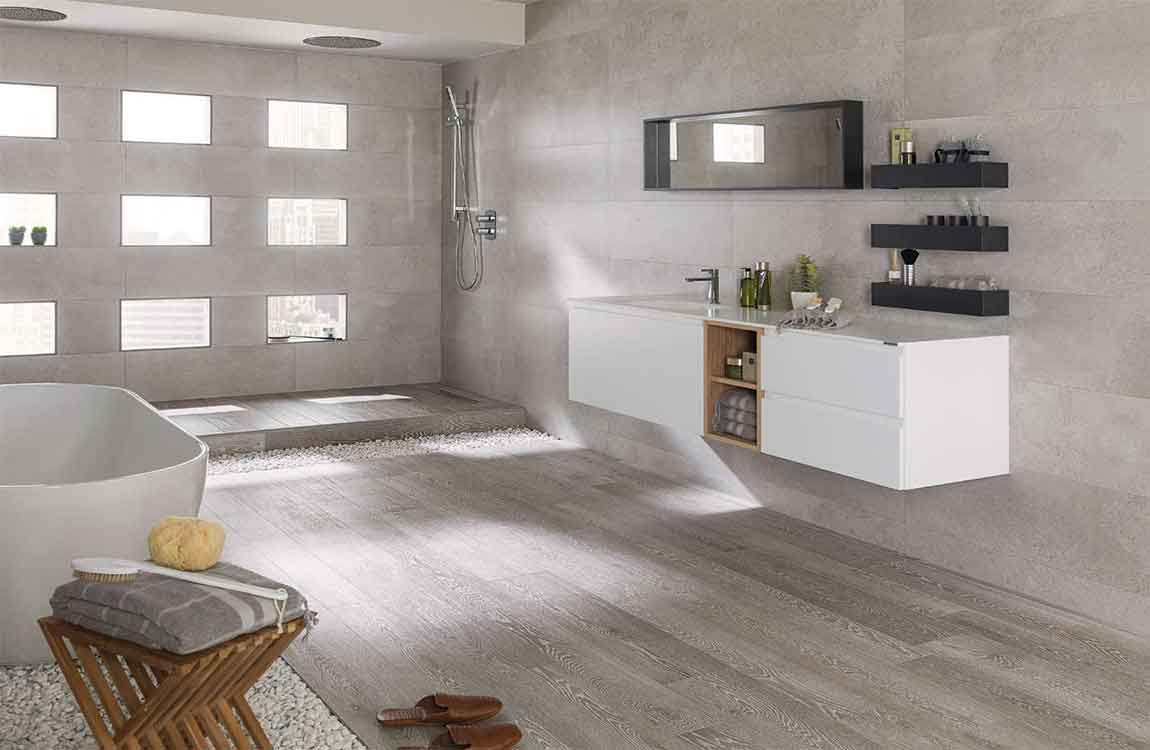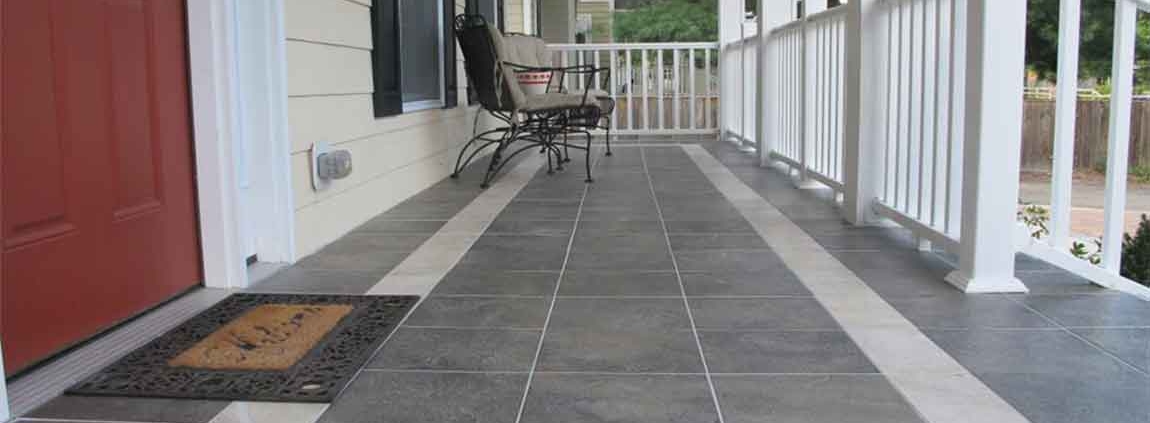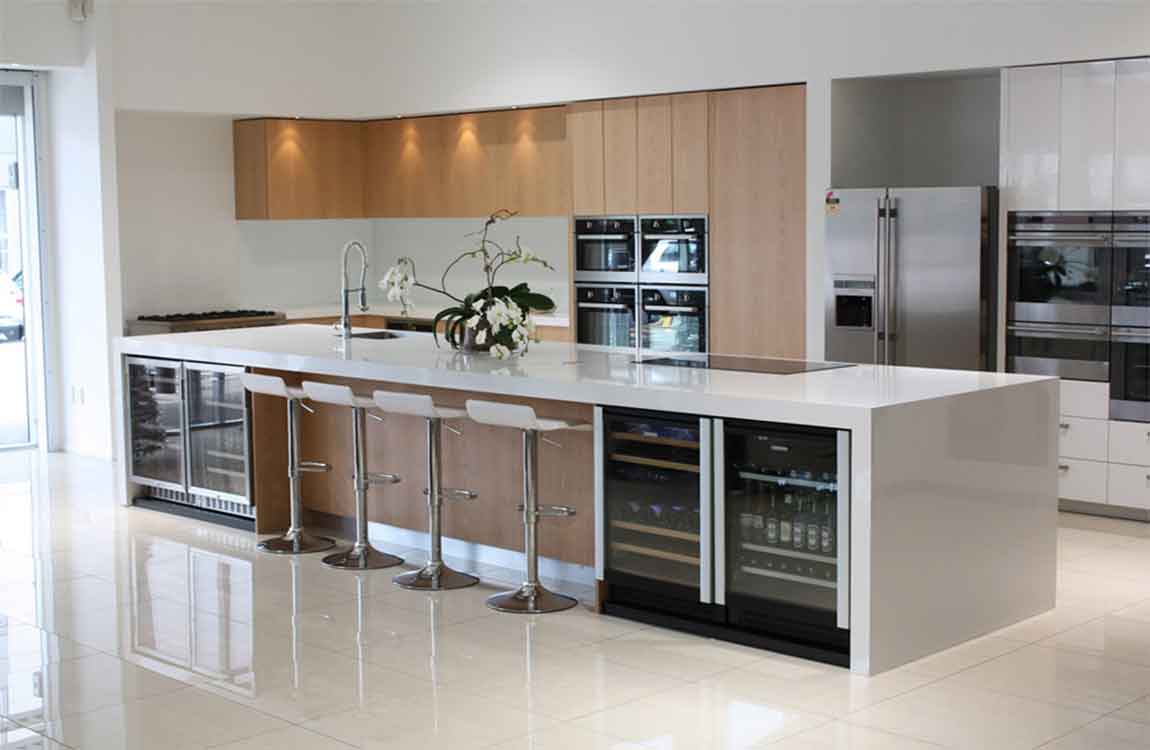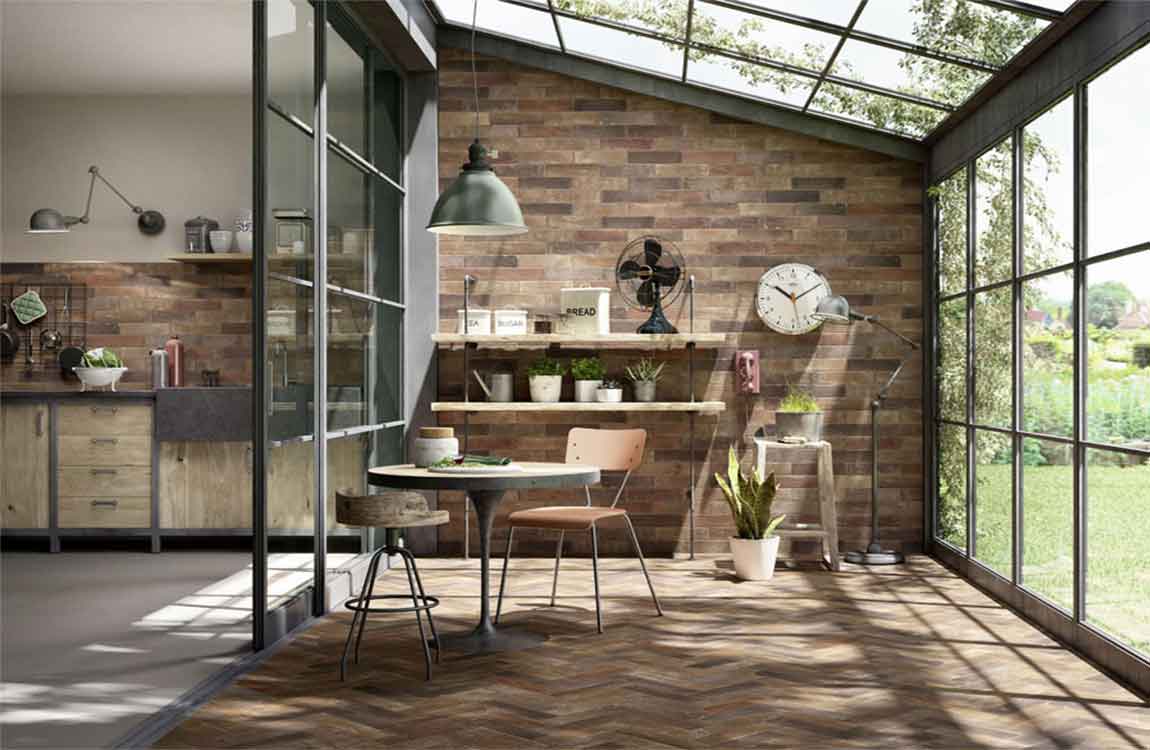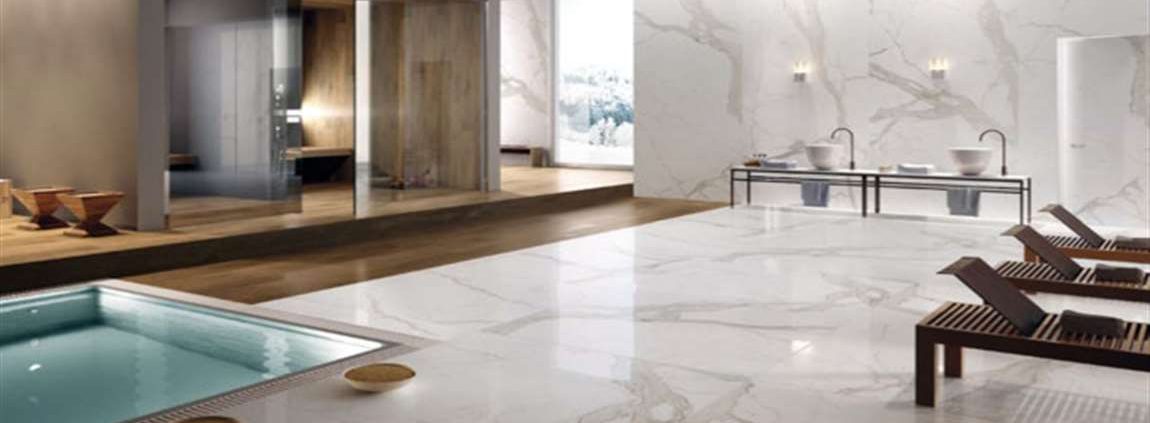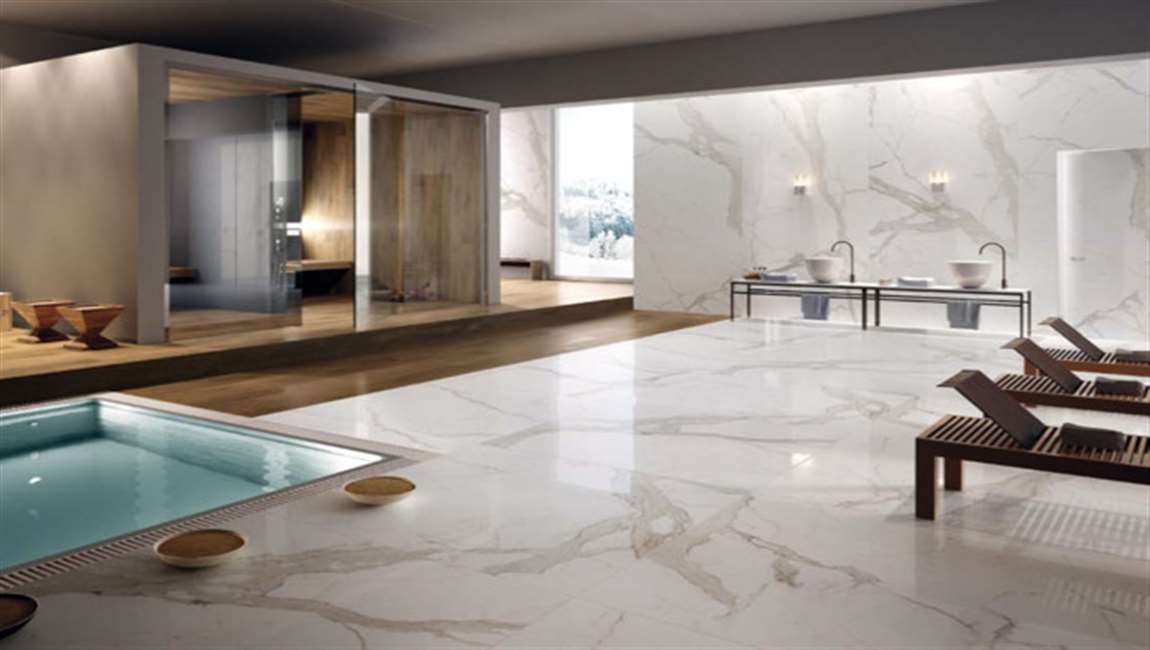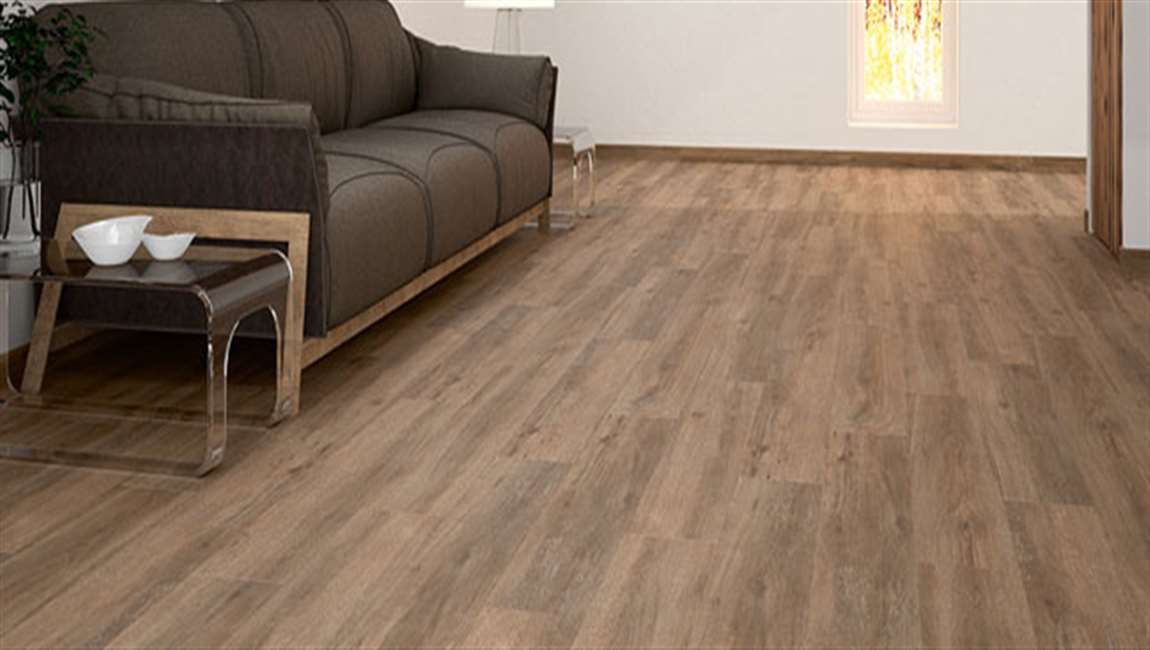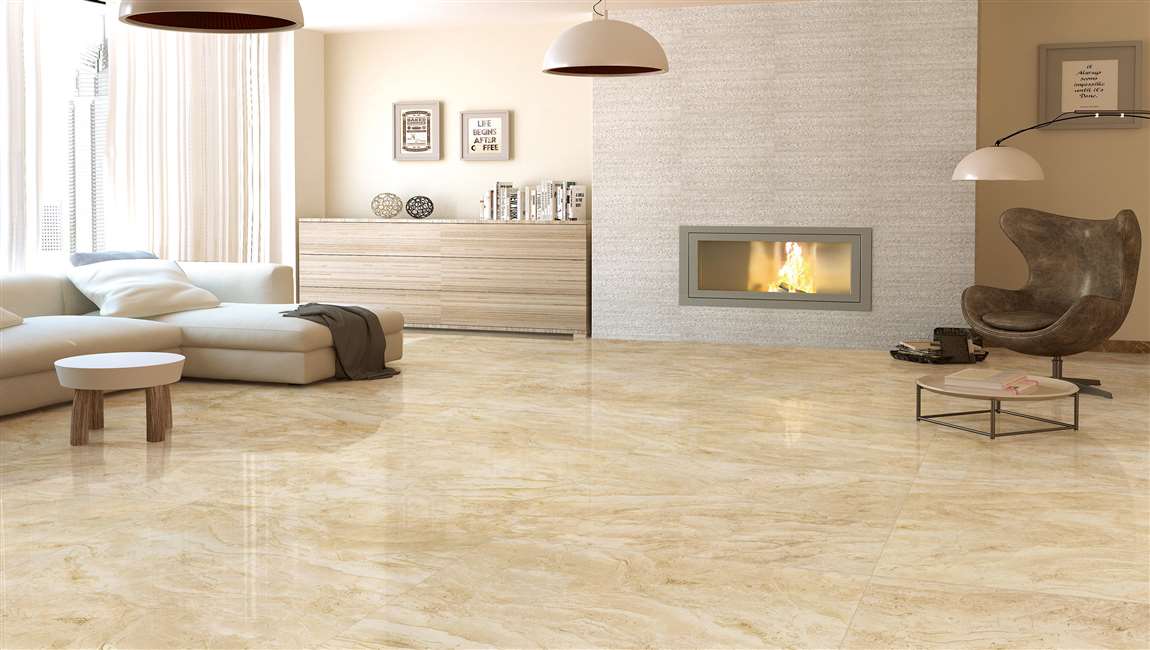Vacuum Cleaning Floor Before Clean the Tile Floor

According to general experience, the number of times a week that an area is vacuumed is the same as the number of people using the space. For example, one person’s bedroom floor can be cleaned once a week. However, a living area with four people should be cleaned four times a week.
If your pet is depilated or your child is allergic, you need to vacuum the floor frequently. Move all the small furniture out of the room once a month, so you can vacuum the floor under the room. Move all the big furniture out of the room and vacuum the floor once or twice a year.
Clean the floor first. The high efficiency air filter in the modern vacuum cleaner can prevent small pieces from being discharged from the vacuum cleaner, which means you don’t need to dust the floor again. Wipe objects, surfaces, and furniture with microfiber cloth.
You shake the curtains off when you dust them. Leave the curtain dust on the floor for a few minutes before vacuuming. Remove the big toys and pet bed from the floor. At this point, anything touching the floor should be moved. So you can vacuum the floor of the room thoroughly.

